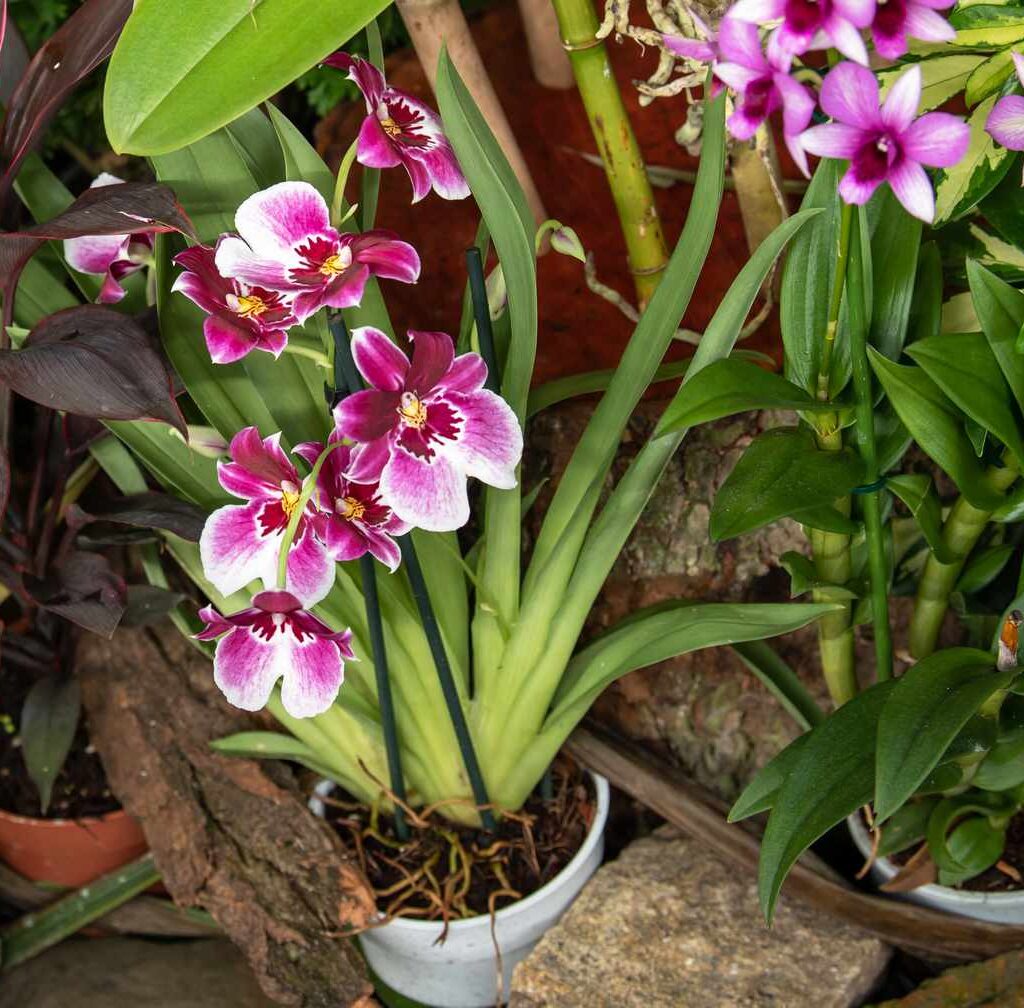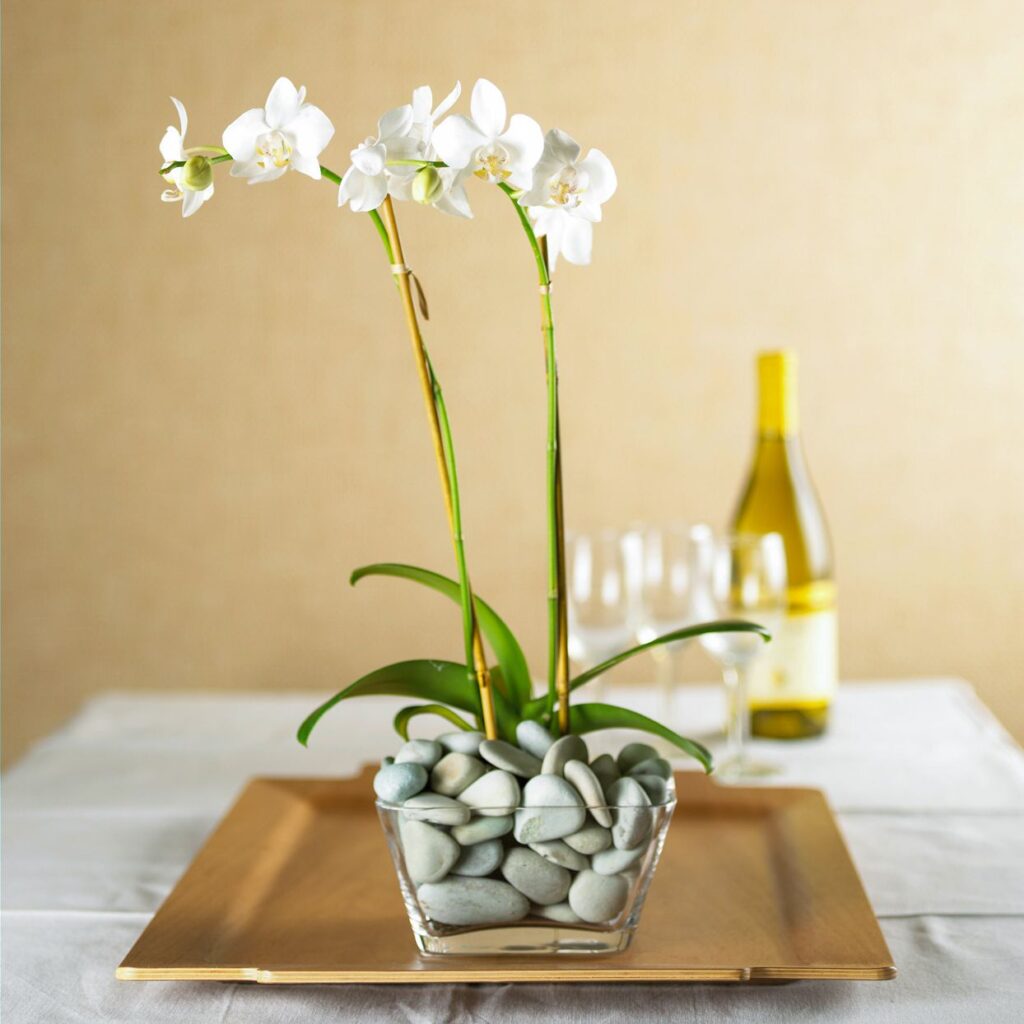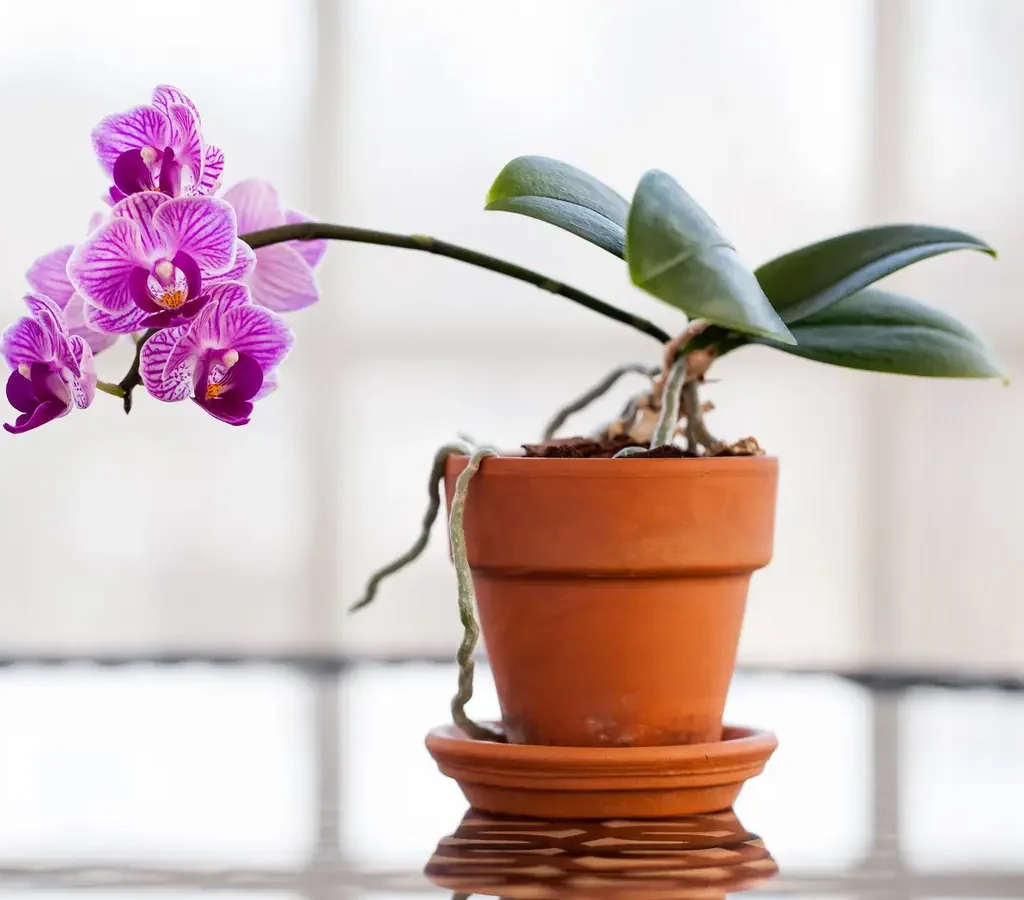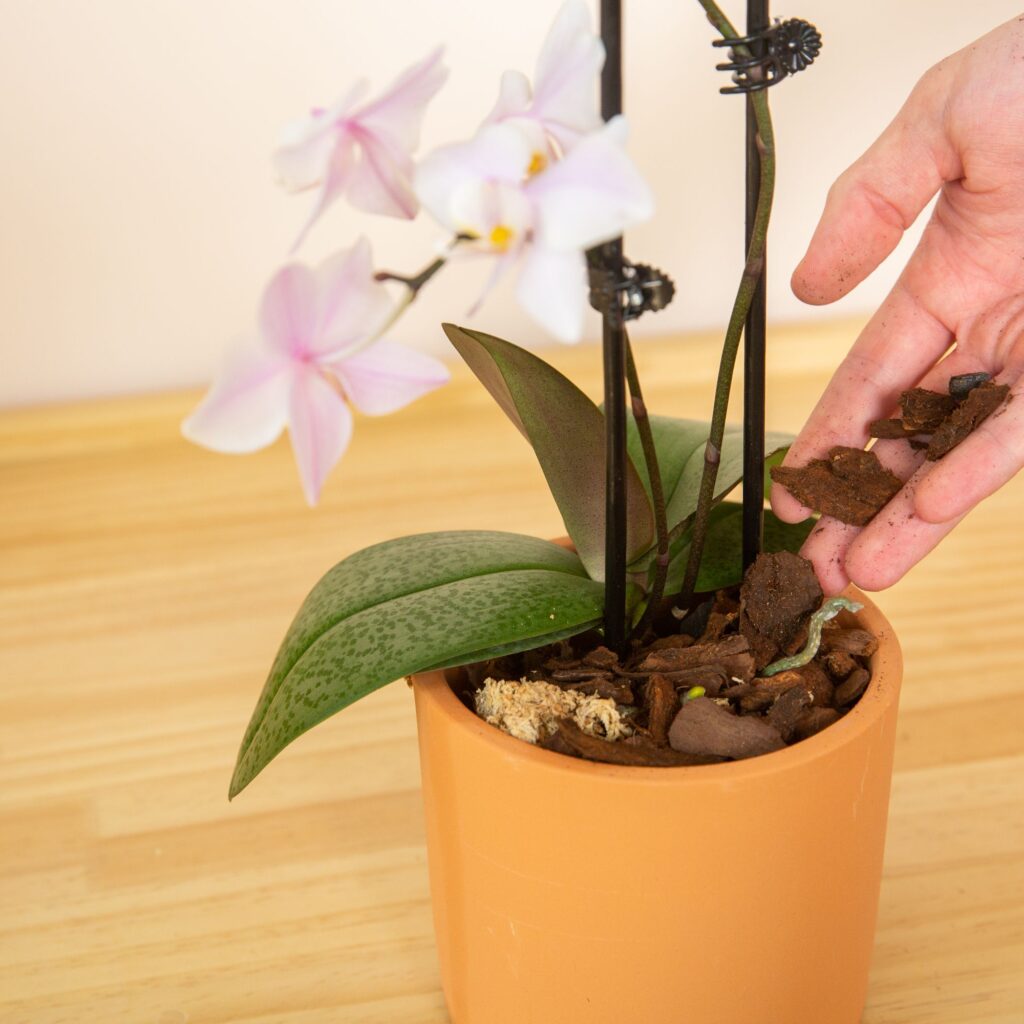Orchids are among the most enchanting and elegant flowering plants, admired for their exotic shapes, long-lasting blossoms, and striking colors. With proper care, orchids can bloom not just once but multiple times a year, filling your home with beauty and grace. However, many beginners assume orchids are difficult to grow. The truth is, they only require the right conditions and consistent care.
This comprehensive guide will walk you through everything you need to know about how to take care of orchids for continuous blooms—from choosing the right variety and creating ideal growing conditions, to watering, feeding, pruning, and repotting strategies. By following these steps, you can enjoy vibrant flowers season after season.
Understanding Orchids and Their Blooming Cycle

Orchids belong to the Orchidaceae family, one of the largest plant families with more than 25,000 species. The most popular varieties for home growing include:
- Phalaenopsis (Moth Orchid): Easy to grow and blooms for months.
- Dendrobium: Produces clusters of vibrant flowers.
- Cattleya: Known for large, fragrant blossoms.
- Oncidium (Dancing Lady): Resilient and colorful.
To achieve continuous blooms, it’s essential to understand the orchid’s natural cycle:
- Active growth phase: New leaves, roots, and stems develop.
- Spiking phase: A flower spike emerges.
- Blooming phase: Orchids display flowers for weeks or months.
- Resting or dormancy phase: Energy shifts to roots and leaves, preparing for the next bloom cycle.
Caring for orchids at each stage ensures that the plant re-blooms consistently.
Choosing the Right Location

Orchids are tropical plants, which means they thrive in bright, indirect light, warm temperatures, and moderate humidity.
- Light needs: Place orchids near an east- or south-facing window with filtered light. If leaves are dark green, your orchid needs more light; if they are yellowish, it may be receiving too much.
- Temperature: Orchids prefer 65–75°F (18–24°C) during the day and slightly cooler nights.
- Air circulation: Good airflow prevents fungal issues. A small fan or open window works well.
- Humidity: Maintain 50–70% humidity by using a humidifier, misting lightly, or placing a tray of water with pebbles beneath the plant.
Proper placement provides the foundation for healthy growth and repeat blooms.
Watering Orchids the Right Way

Watering is one of the most common challenges for orchid growers. Orchids dislike soggy roots but also cannot tolerate extreme dryness.
- When to water: Water orchids once a week during active growth and reduce slightly during dormancy. A good rule is to water when the potting medium feels almost dry.
- How to water: Use room-temperature water, pouring it through the potting mix until it drains from the bottom. Avoid letting the plant sit in standing water.
- Best method: The “soak and drain” technique ensures the roots receive adequate hydration without risk of rot.
Pro tip: Roots that are plump and green indicate a healthy, well-watered orchid.
Feeding Orchids for Long-Lasting Blooms

To encourage continuous blooming, orchids require balanced nutrition.
- Fertilizer type: Use a balanced orchid fertilizer (20-20-20) or one specifically formulated for orchids.
- Frequency: Fertilize every two weeks during active growth and once a month during the resting phase.
- Method: Dilute the fertilizer to half strength to avoid overfeeding, which can damage roots.
Regular feeding provides the energy orchids need to produce spikes and flowers multiple times a year.
Pruning and Encouraging Re-Blooming

After flowers fade, the way you prune will determine whether your orchid blooms again quickly.
- For Phalaenopsis (Moth Orchids):
- If the spike is still green, cut it just above a node (the small bump on the stem). This often triggers side shoots with new buds.
- If the spike has turned brown, cut it back to the base to redirect energy into roots and leaves.
- For other orchids: Trim old flower spikes completely once blooms are gone.
Pruning at the right time allows orchids to conserve energy and prepare for the next flowering cycle.
Repotting Orchids for Healthier Growth
Orchids should be repotted every 1–2 years or when the potting medium breaks down.
- Signs your orchid needs repotting: Roots growing out of the pot, compacted medium, or declining plant health.
- Best potting mix: Use a special orchid mix containing bark, perlite, and sphagnum moss for good aeration.
- Steps to repot:
- Gently remove the orchid from its pot.
- Trim away dead roots.
- Place the plant in a new container with fresh medium.
Repotting revitalizes orchids, prevents root rot, and stimulates new growth for future blooms.
Seasonal Care for Continuous Blooms
Different times of the year require slight adjustments in care:
- Spring/Summer: Orchids grow actively—water more frequently, fertilize biweekly, and provide extra humidity.
- Fall: Reduce feeding slightly and prepare the plant for spike development.
- Winter: Provide supplemental grow lights if natural sunlight is limited. Keep orchids away from drafts or heaters.
Adapting care to seasonal changes ensures orchids maintain their blooming rhythm.
Common Problems and Solutions
Even with attentive care, orchids may face a few challenges:
- No blooms: May indicate insufficient light or lack of feeding. Move the plant to a brighter spot and increase fertilization.
- Yellow leaves: Can result from overwatering, too much sun, or natural leaf shedding.
- Root rot: Caused by standing water—repot with fresh mix and trim unhealthy roots.
- Pests (aphids, mealybugs, scale): Remove with a cotton swab dipped in rubbing alcohol or use an insecticidal soap.
Regular observation and prompt action keep orchids healthy and blooming.
Tips for Continuous Orchid Blooms
- Be patient—orchids need rest periods before reblooming.
- Use clear pots to easily monitor root health.
- Encourage spikes by giving orchids slightly cooler nights.
- Avoid moving orchids once flower spikes begin to grow.
- Keep leaves clean by wiping gently with a damp cloth.
With these simple practices, orchids will reward you with multiple bloom cycles year after year.
Conclusion
Orchids may seem mysterious, but once you understand their growth cycle and specific needs, they are remarkably rewarding plants. The secret to continuous blooms lies in consistent care—providing the right light, watering properly, fertilizing regularly, pruning wisely, and repotting as needed. By creating an environment that mimics their natural tropical habitat, you can transform orchids from a one-time flowering plant into a long-term companion that graces your home with vibrant, elegant blossoms season after season.
With a little patience and attention, your orchids will not only survive but thrive—bringing continuous beauty and joy into your life.





